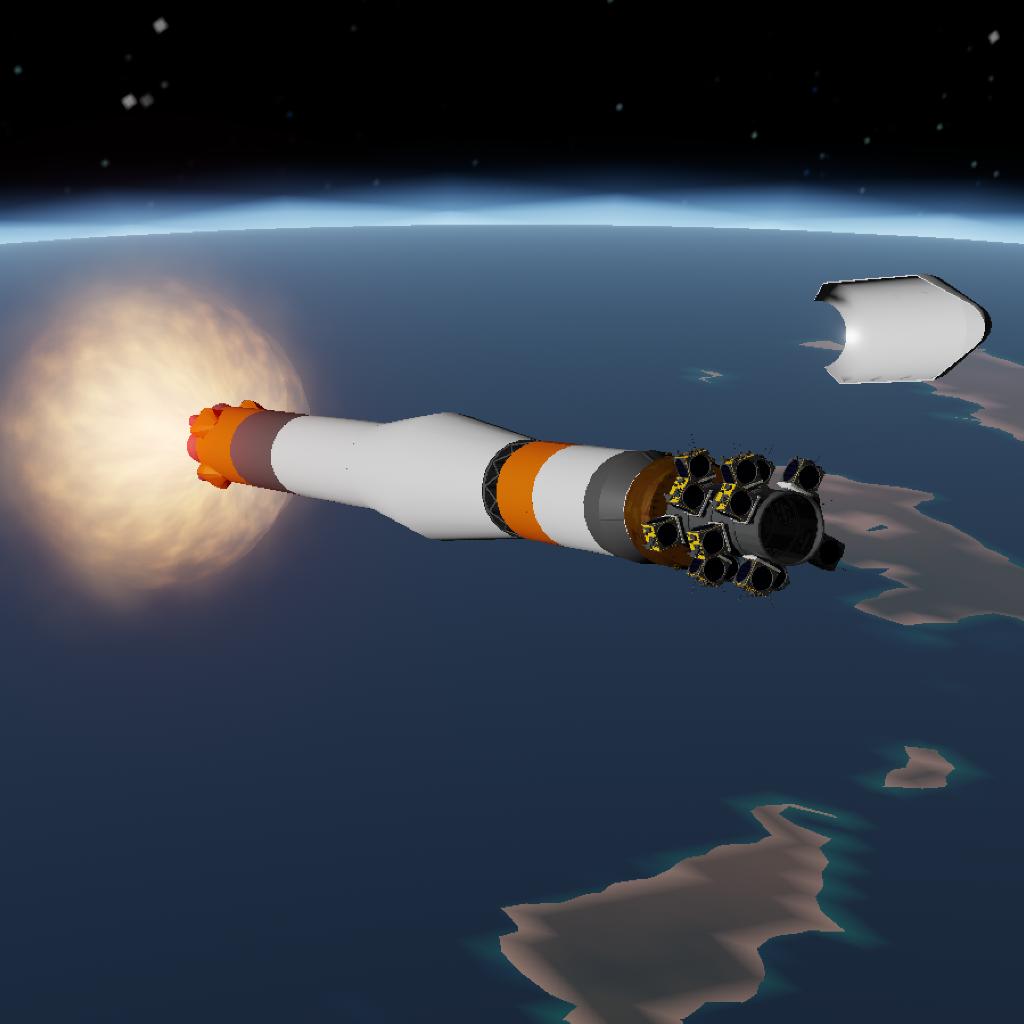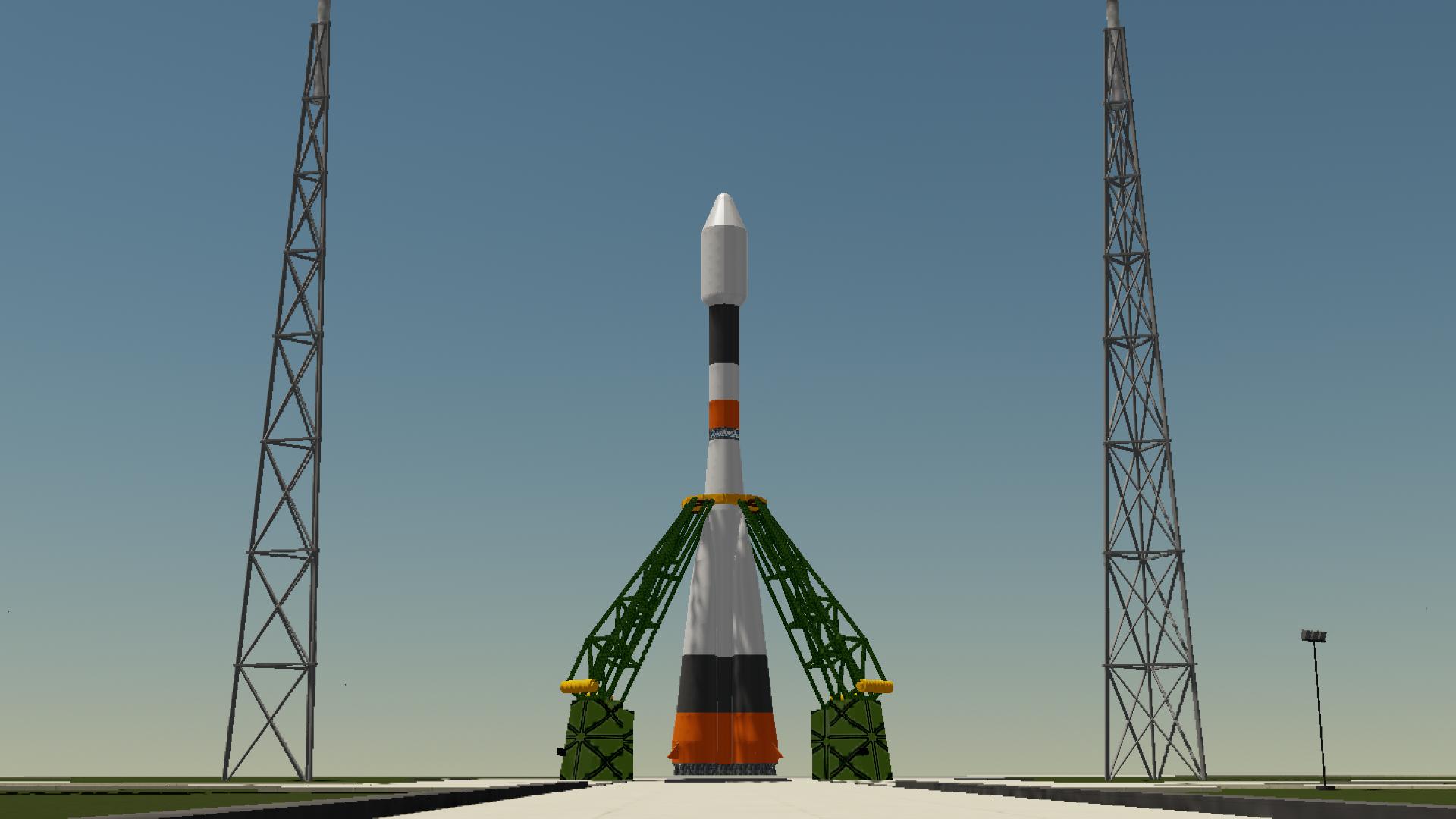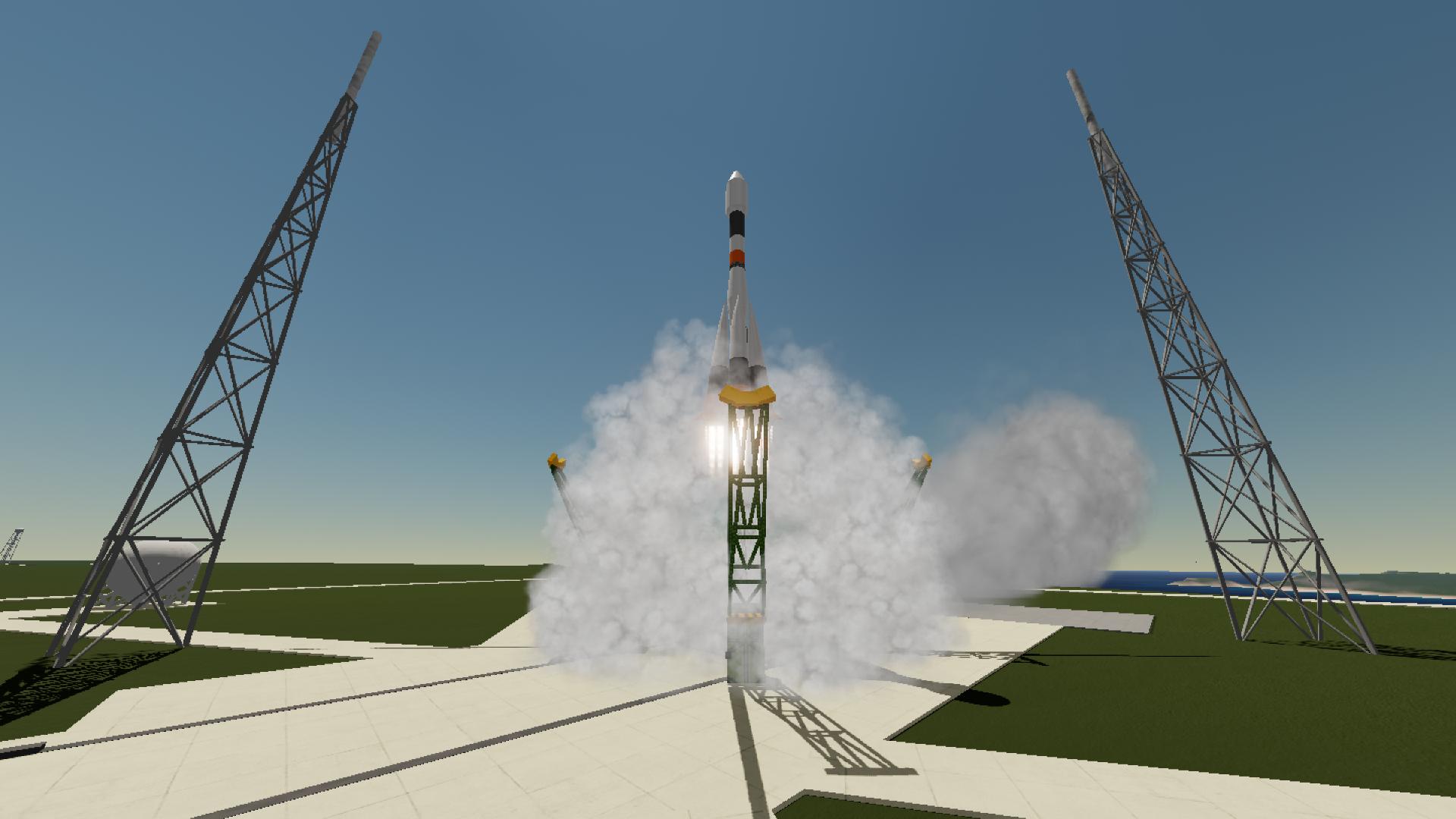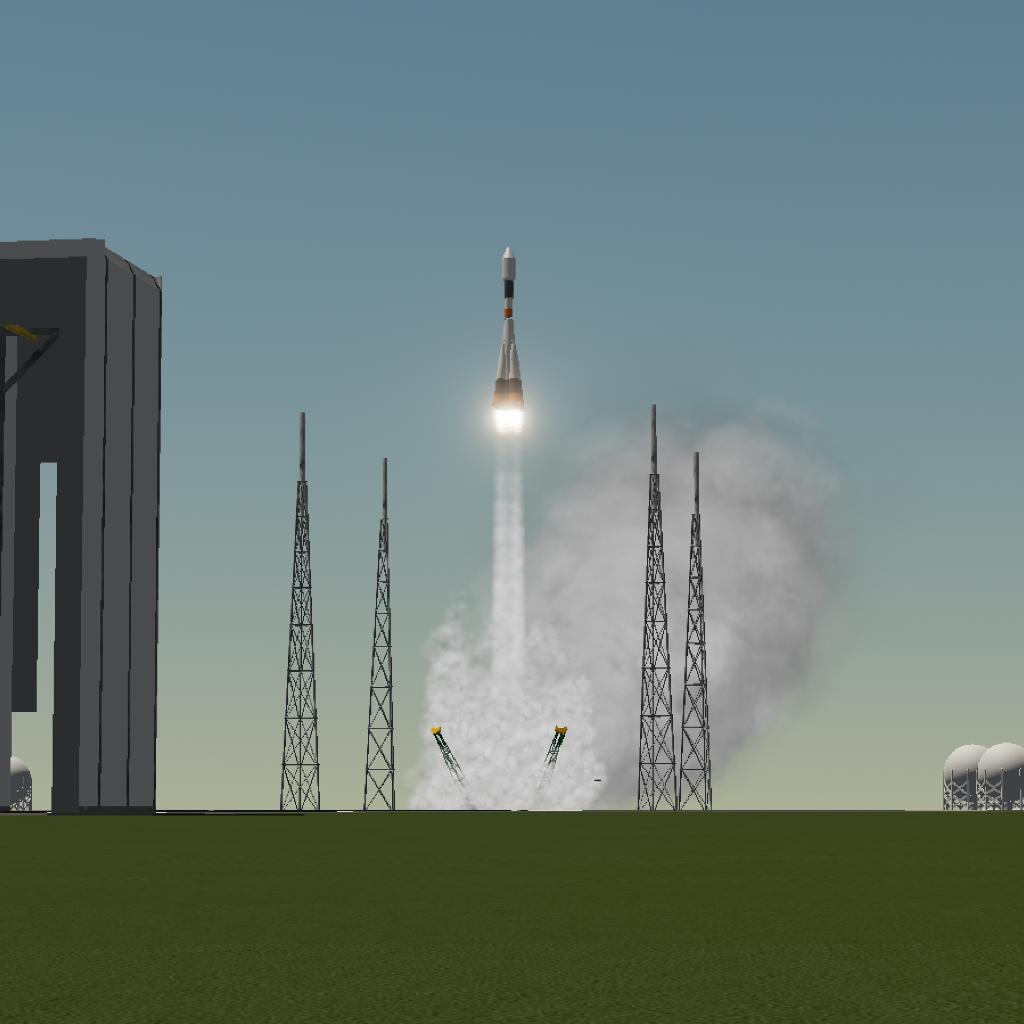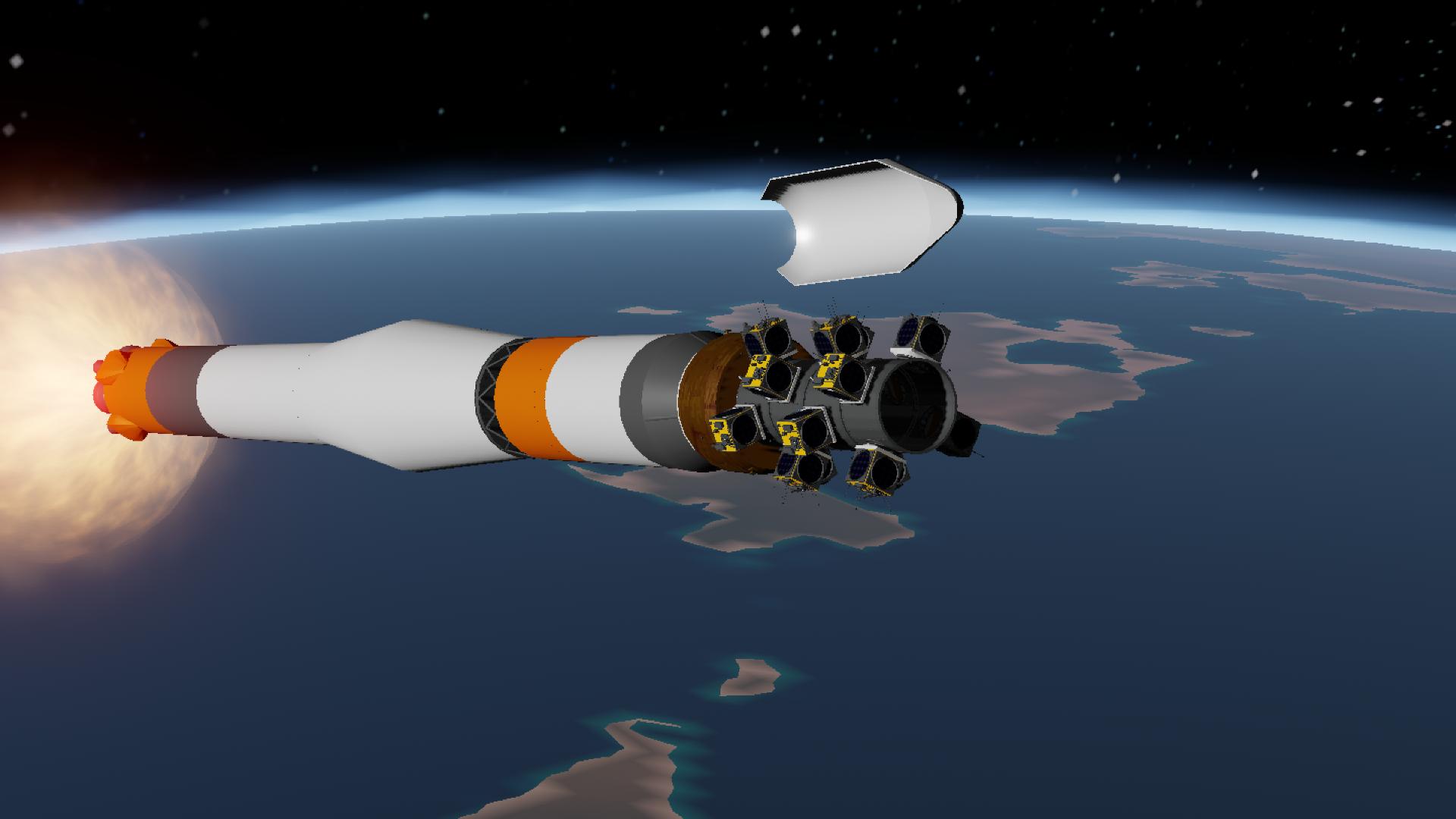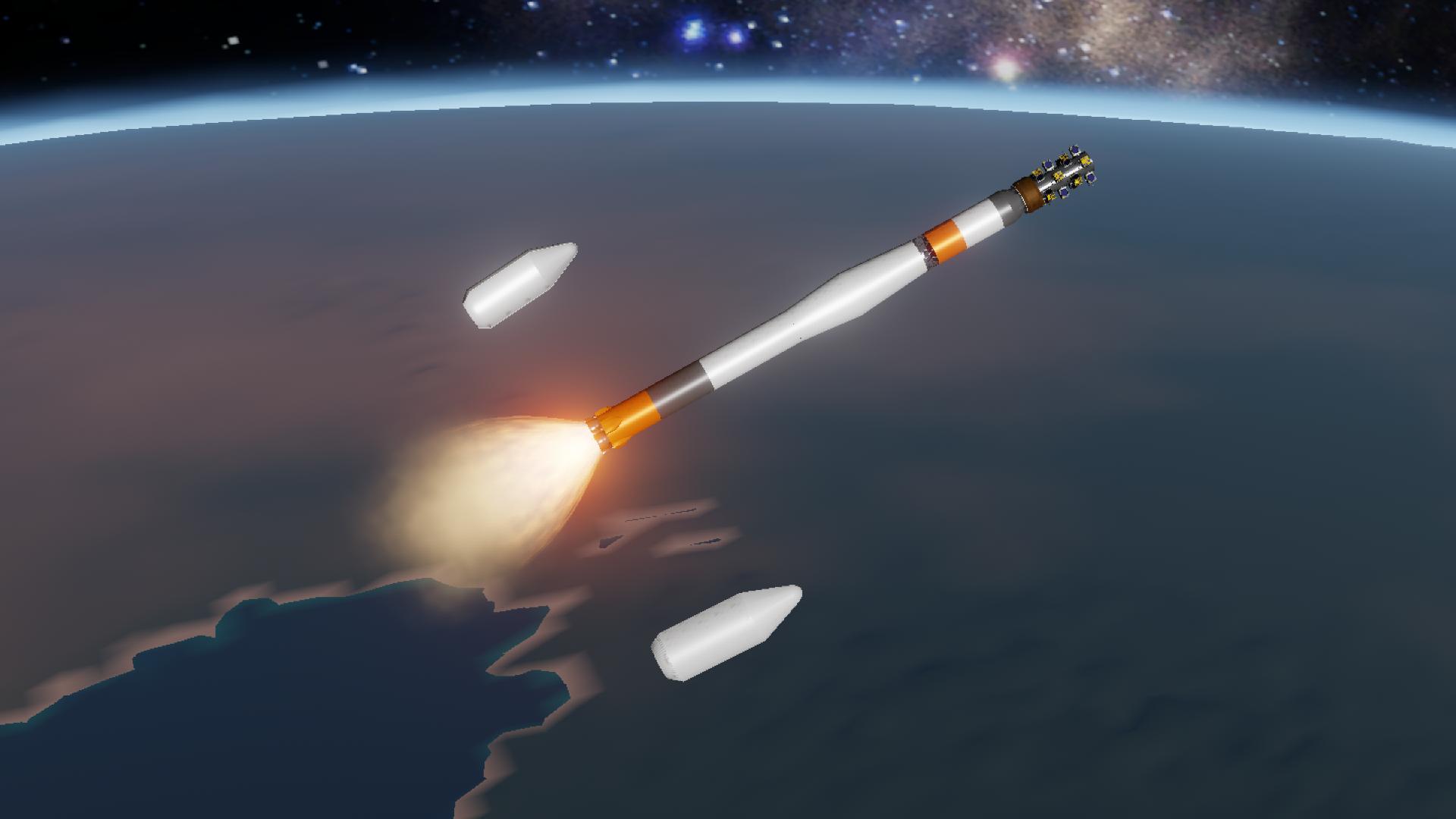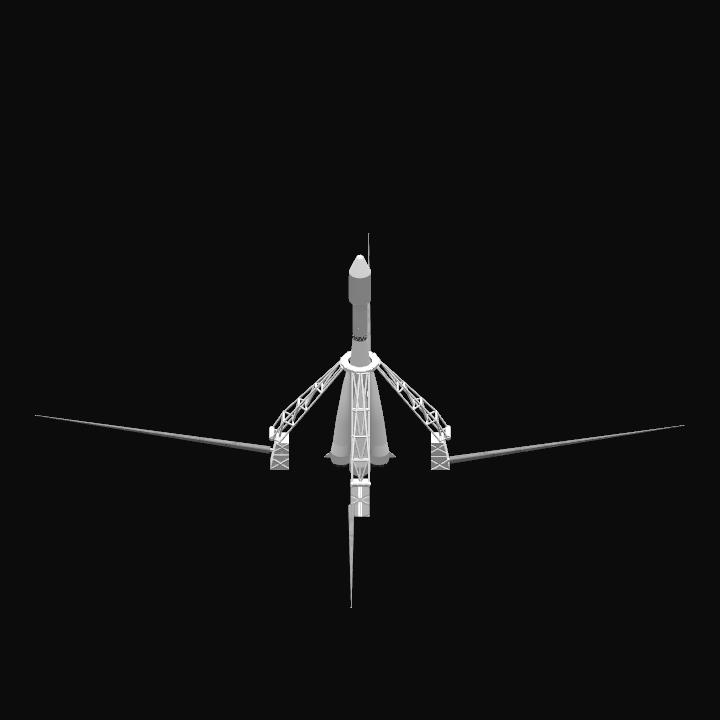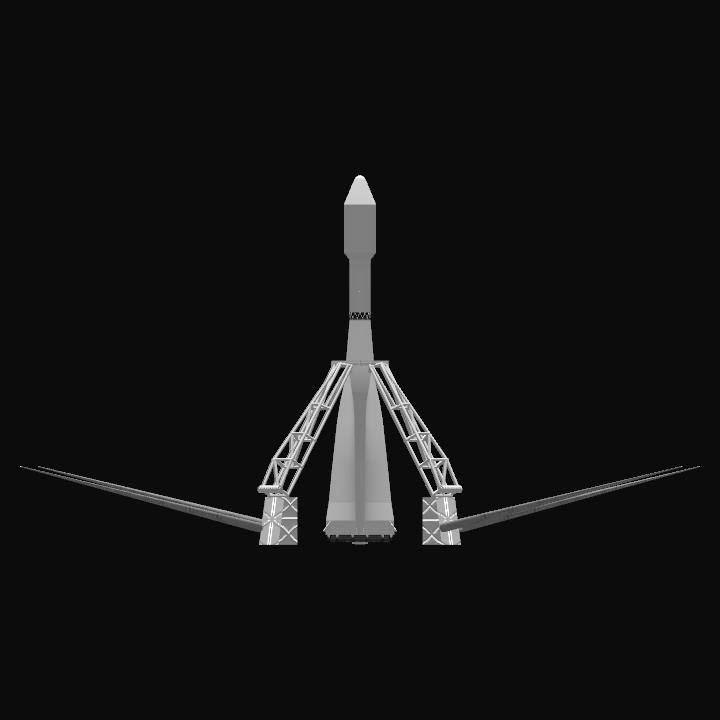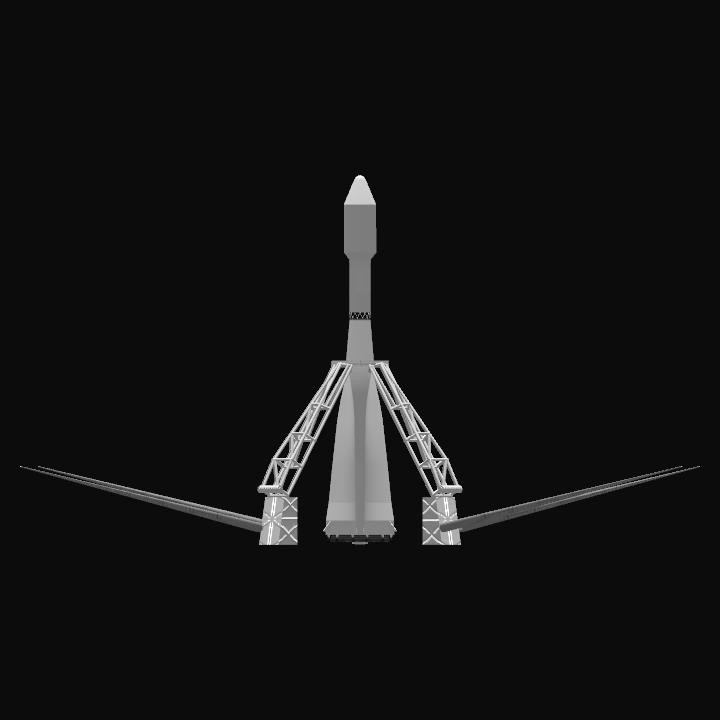Craft celebrating the upcoming 12th OneWeb Launch on a Soyuz 2.1b rocket operated by The Russian Federal Space Agency / Arianespace
– Arianespace is launching 16 OneWeb internet communication satellites on a Soyuz 2.1b rocket. The OneWeb 12 satellites will go to a 1,200 km polar orbit, and will lift off from Baikonur Cosmodrome, in Kazakhstan. OneWeb 12 will boost the number of OneWeb satellites launched to 392.
What Is OneWeb?
OneWeb is a planned satellite internet constellation with the goal of providing internet coverage to the entire globe. Similar to SpaceX’s Starlink, the OneWeb constellation aims to deliver semi-low-latency internet to locations where ground-based internet is unreliable or unavailable.
OneWeb plans to have 648 satellites in their constellation, providing them with the 600 satellites needed for global coverage and an additional 48 on-orbit spares in case a satellite fails. These satellites are in a 1,200 km low-Earth polar orbit, which is significantly lower than the global internet services available today. The current satellite internet solutions orbit 35,786 km above the Earth, in geostationary orbit. However, the orbit of OneWeb’s satellites is still significantly higher than the 550 km orbit that SpaceX’s Starlink satellites use. OneWeb is expecting the final 648 satellite constellation to provide download speeds of roughly 50 Mb/s.

Where is the satellite going? :
Polar low-Earth orbit. Initial orbit of 450 km circular at 87.4°, final orbit of 1,200 km
Rocket: Soyuz 2.1b/Fregat
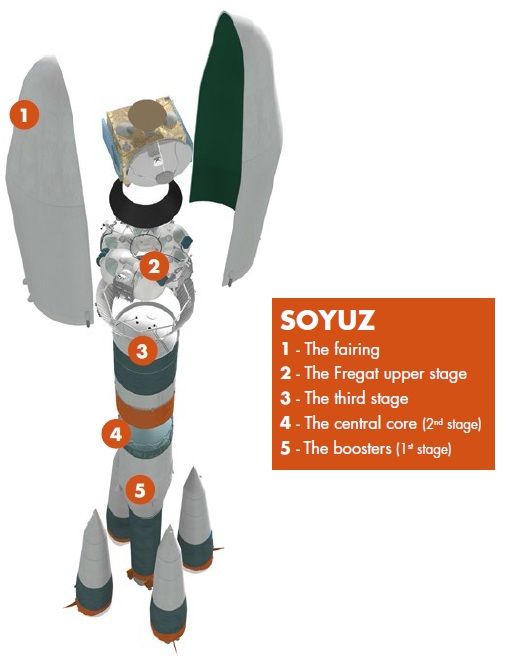
The Soyuz rocket (also known as R7) has been the workhorse of the Soviet/Russian space program since it first flew in 1966. The Soyuz version currently being used for most satellite launches is a four-stage launch vehicle, that consists of:
- four side boosters (stage 1)
- a central core (stage 2)
- an upper stage which is common to all Soyuz rockets (stage 3)
- an optional Fregat upper stage (which is used on this mission)
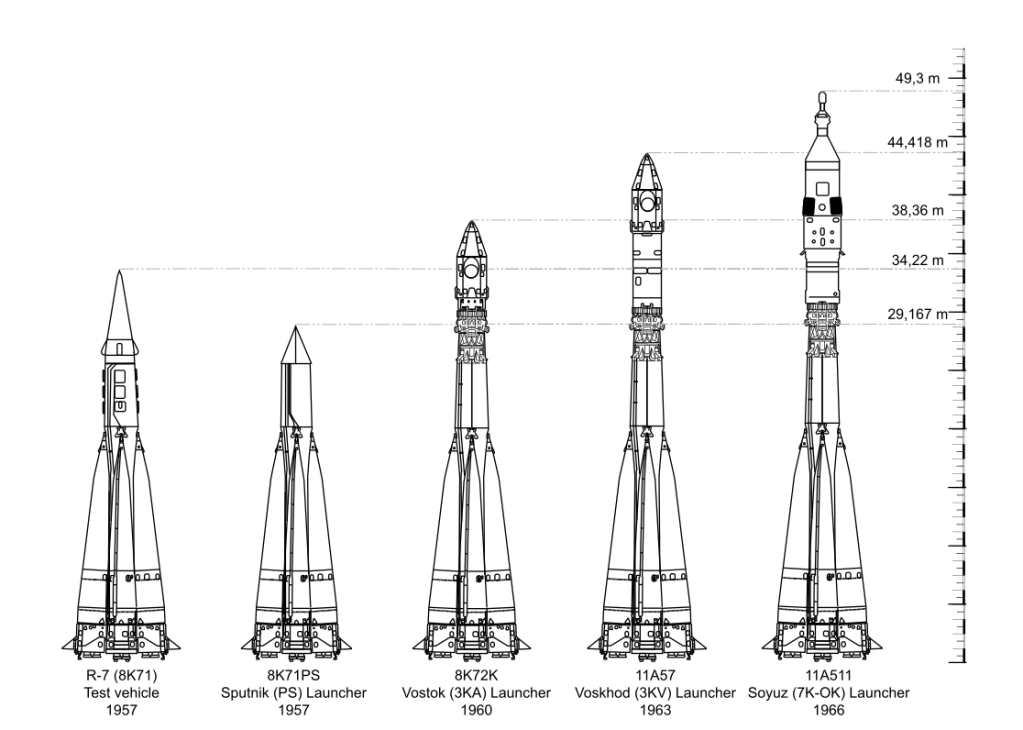
————————————
Craft Notes:
- Auto-Launch to Orbit by Preprogrammed Vizzy. (Throttle 100%)
- Multiple Pad and Rocket Camera setups (with launch clams cameras)
- Launch Clamps to hold down rocket
- Preprogrammed Vizzy for Launch and to parking orbit (>450 x 450 km orbit)
*1. Fairing Deploy to be done after 110 km AGL (manuallly)
2. Allow stage 2 to completely burn out
3. Jettison stage 3 shroud (cover) after circularisation burn begins (manually)
*4. FInal orbit insertion (1200 x 1200 km) and payload deploy to be done manually
Payload Deploy Notes:
STG 12-15 Payload Deploy
Deploy Payloads in frequency of 15 seconds from each other to avoid instability
————————————
Credits:
Predecessor Craft by UlmSpaceAgency
Repurposed satellites by NewSight
Vizzy by: KAL
Modifications to Rocket, Space-craft and Vizzy by OrbiteX

GENERAL INFO
- Predecessor: Soyuz TMA-M
- Successors 1 craft(s)
- Created On: Mac
- Game Version: 0.9.802.0
- Price: $36,679k
- Number of Parts: 1699
- Dimensions: 46 m x 85 m x 85 m
PERFORMANCE
- Total Delta V: 4.9km/s
- Total Thrust: 11.7MN
- Engines: 62
- Wet Mass: 8.72E+5kg
- Dry Mass: 3E+5kg
STAGES
| Stage | Engines | Delta V | Thrust | Burn | Mass |
|---|---|---|---|---|---|
| 1 | 8 | 805m/s | 157kN | 1.06hours | 8.72E+5kg |
| 2 | 16 | 777m/s | 7.0MN | 83s | 8.72E+5kg |
| 3 | 8 | 527m/s | 1.8MN | 1.8m | 4.27E+5kg |
| 5 | 0 | 0m/s | 0N | 0s | 1.36E+5kg |
| 7 | 8 | 1.5km/s | 1.6MN | 24s | 32,900kg |
| 10 | 1 | 1.3km/s | 104kN | 1.7m | 10,244kg |

